OAKLAND — Vacant since it closed in 1995, the Oakland landfill is back to being used in a tangible way.

The landfill turned butterfly feeding ground is now an operational 497,000-kilowatt solar array, which was turned on during the last week of December by Sundog Solar. The town is expected to save nearly $1 million in power costs over the next two decades.
“There’s really no other good use for a covered landfill,” Oakland Code Enforcement Officer Dave Savage said. “We repurposed land that can’t be used for anything else.”
The 1,096-panel solar array has been built over Oakland’s capped landfill. It was built to provide power to sewer pumps, municipal buildings and grounds crew garages.
The Maine Department of Environmental Protection has its own Municipal Landfill Closure and Remediation Program. It’s common for municipalities to not know what to do with former landfills. The DEP requires a 100-foot buffer for structures built near solid waste. Sealed landfills are not good for buildings or farmland. In addition to solar, some towns worked with the DEP to create recreational fields or sand and salt sheds.
DEP program manager Chris Redmond said the state licensed solar projects on former landfills during the 2020 calendar year in Damariscotta, Oakland, Windham and Gray. All solar projects and panels must be above the landfill, so as not to disturb the landfill caps.
“We do encourage the safe reuse of closed landfills, so if there’s redevelopment that can be done safely without impacting the public or the integrity of the landfill, then we certainly will look to license those projects,” Redmond said. “I would say (solar) has been the vast majority of landfill redevelopment that we’ve licensed in the past couple of years.”
The town of Vassalboro and Vassalboro Community School recently had their project turned on, a 4-megawatt array in Skowhegan built by ReVision Energy. The 10,500-panel array will provide power to buildings in Topsham, Rangeley, Dover-Foxcroft, Rockland and Vassalboro. The $7 million Skowhegan project was turned on Dec. 30, 2020.
Vassalboro Board of Selectmen chairperson John Melrose headed a joint-effort between the town and the school to secure involvement in the project. Between the school and the town, Vassalboro can claim approximately a 9% share of the ReVision Energy array.
The project is estimated to provide about 85% of the town and school’s energy requirements. The estimated first-year savings is approximately $21,000 and over 20 years $590,000. The town initially considered building its own array, like Oakland, but opted to join the ReVision consortium.
“Frankly, we don’t have to worry about decommissioning it,” Melrose said. “It was a much better arrangement through ReVision.”
The savings are a welcome gift for the first billing period of the town’s sestercentennial, Melrose added.
Waterville and Fairfield lease acreage on landfill solar arrays to Hep Energy USA LLC, which is a subsidiary of Hep Global GMBH based in Germany. The municipalities in this arrangement collect revenue from taxes rather than acquiring credit toward the electric bill.
The Oakland solar array is expected to offset the town’s energy usage and save $993,000 over a 20-year period. The town of Oakland, which will start out buying the energy generated by the solar panels at a discounted rate, has the option to purchase the array in six years for an expected price of $385,000.

Part of a new solar array, which was turned on in December, at the the Oakland Transfer Station on Thursday. Rich Abrahamson/Morning Sentinel Buy this Photo
“That would zero out our energy cost at that point,” Savage said. “We’ve hopefully designed it to take care of all of the town of Oakland’s energy costs.”
Chuck Piper, co-owner of Searsport-based Sundog Solar, said the Oakland array will produce approximately $72,000 worth of electricity that the town will pay $46,000 for. The power production warranty lasts for 27 years.
“They could essentially have free electricity after the system is paid for,” Piper said.
For both towns, the respective solar arrays are essentially maintenance free. Even though it could potentially have direct supervisory responsibility, the town of Oakland has none at this time. Sundog Solar conducts as-needed system reviews. ReVision Energy does the upkeep for the system in Skowhegan that provides power to Vassalboro, which comes with a 25-year power warranty and is expected to be useful for 30 or more years.
Maine has the highest rate of per capita carbon pollution in New England.
“Every time we build a renewable energy system like the Skowhegan solar array, we keep our energy dollars at work in the local economy to help create good jobs. And we increase our energy independence, all while reducing carbon emissions,” said Phil Coupe, ReVision Energy co-founder.
Sundog Solar serves as a contractor for the Oakland project. They used all Maine-based labor, which Piper expressed pride in. Sundog secured a lender and investor to finance the $770,000 installation costs. Investors obtain federal solar tax credits that towns cannot access. If the array creates more energy than the town needs, Sundog Solar may sell the credits to other entities in a power purchase agreement.
The multi-town project that Vassalboro is involved in is similar. The community has no costs other than a contract to purchase energy at below-market prices.
“We’re always looking for ways to stabilize cost increases,” Vassalboro Community School Superintendent Alan Pfeiffer said. “We’re hoping that becoming part of this solar array that this will stabilize our electric rates on the school side annually for the next 20-plus years.”
Copy the Story LinkSend questions/comments to the editors.


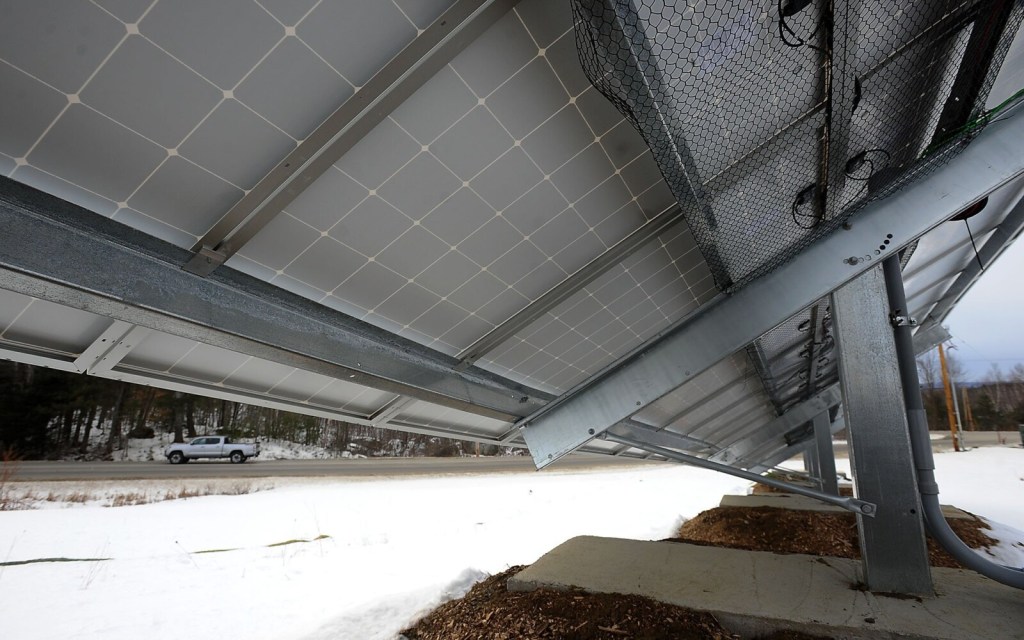
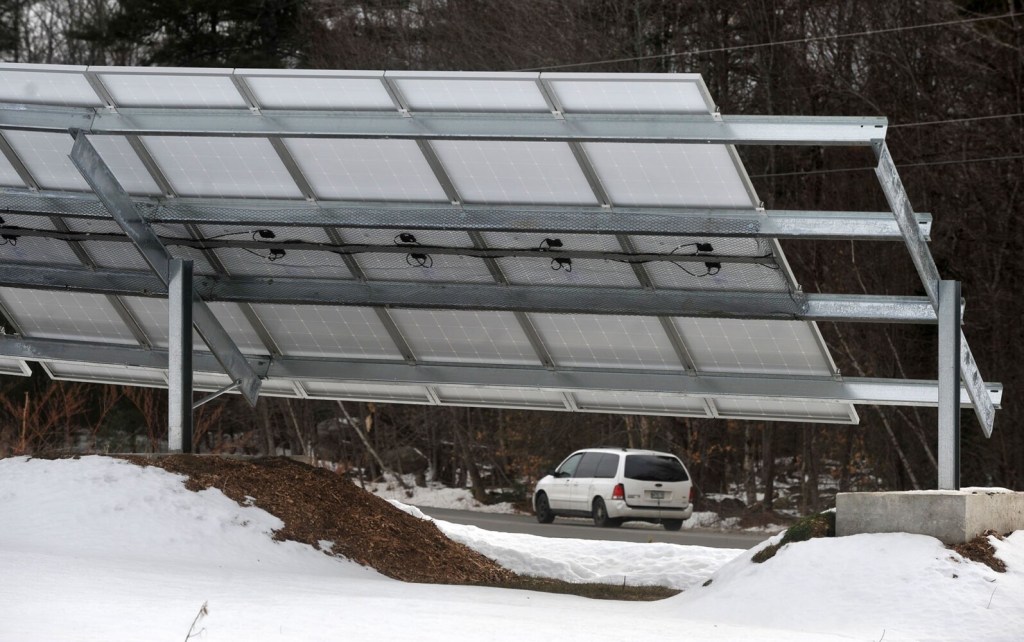
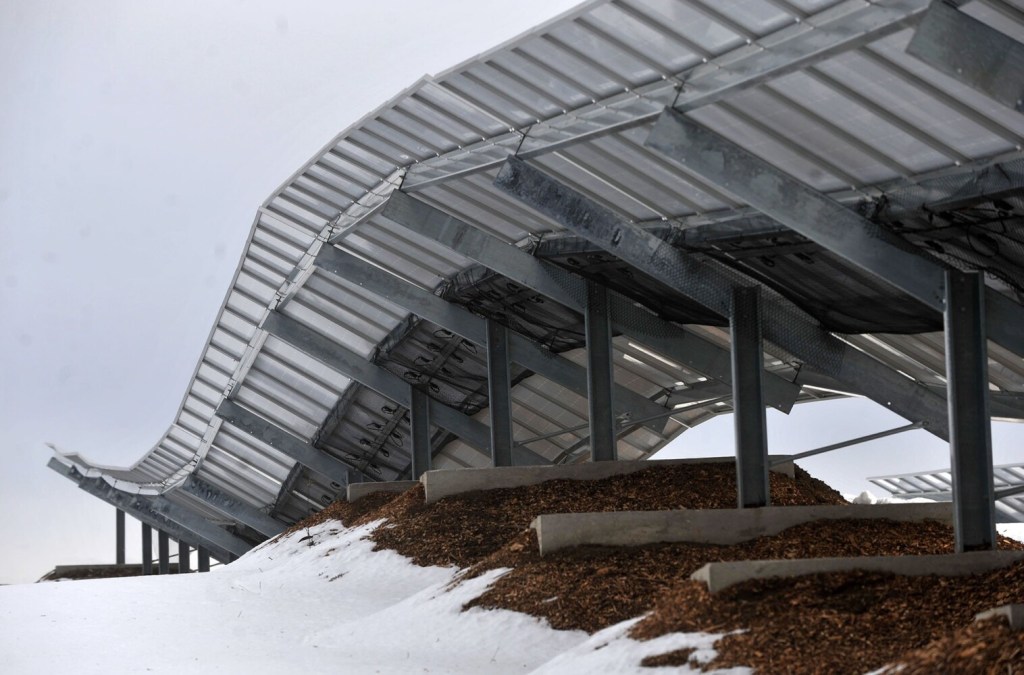
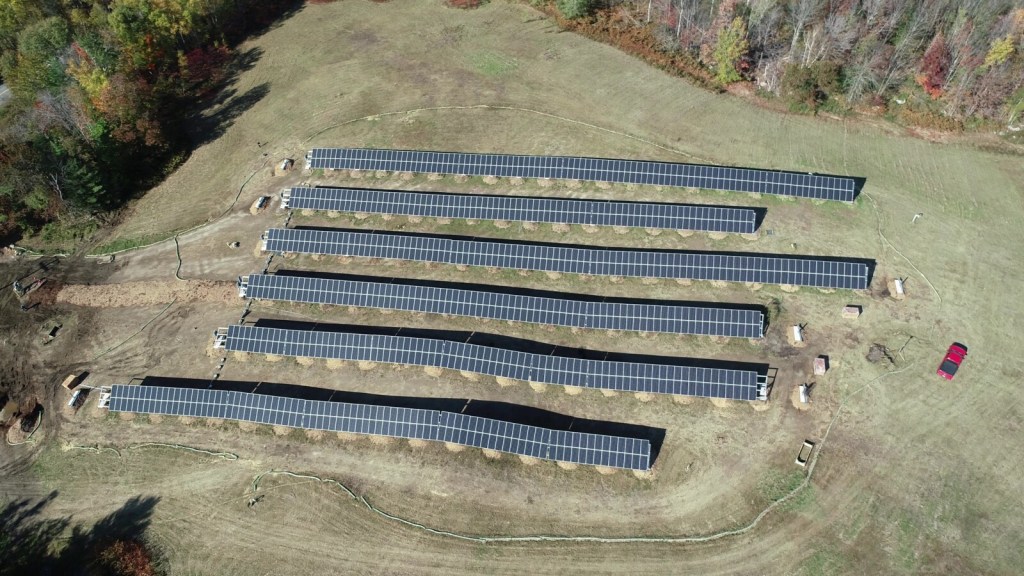
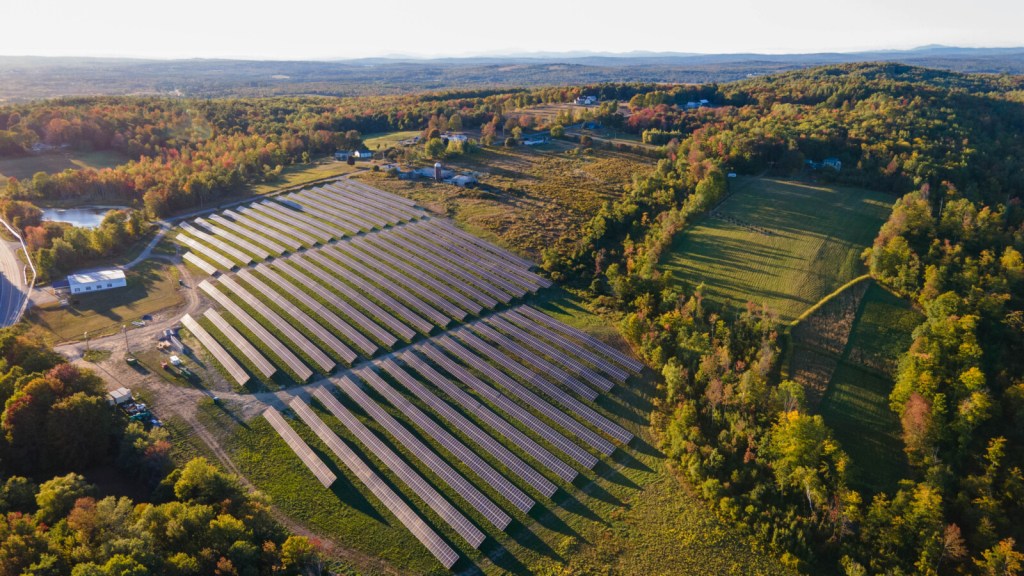

Success. Please wait for the page to reload. If the page does not reload within 5 seconds, please refresh the page.
Enter your email and password to access comments.
Hi, to comment on stories you must . This profile is in addition to your subscription and website login.
Already have a commenting profile? .
Invalid username/password.
Please check your email to confirm and complete your registration.
Only subscribers are eligible to post comments. Please subscribe or login first for digital access. Here’s why.
Use the form below to reset your password. When you've submitted your account email, we will send an email with a reset code.